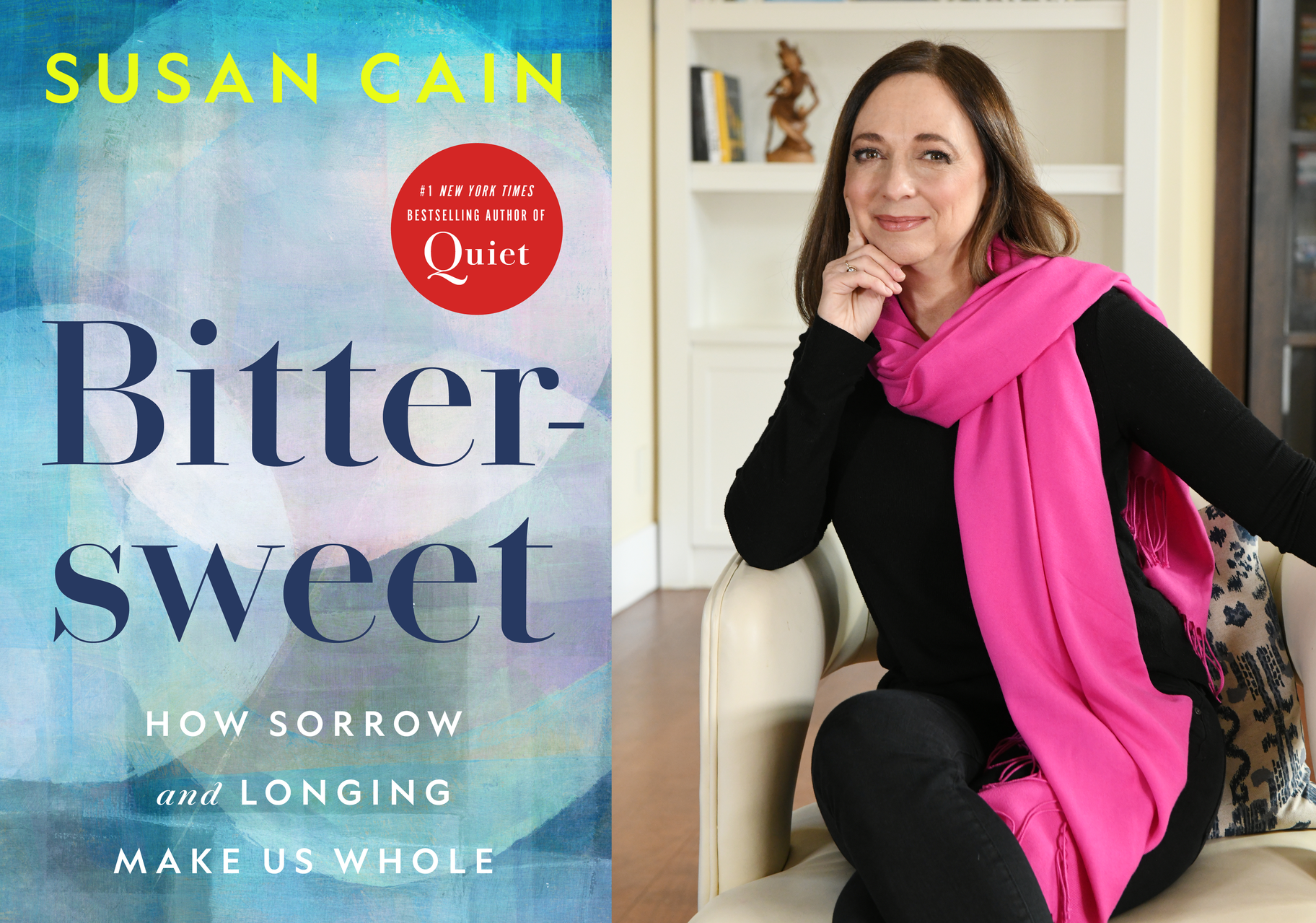Most of us have, at one point or another, experienced a feeling of sadness and longing, triggered by a sweet memory from long ago, a farewell, a passage of time, or a broken heart. That same feeling has inspired some of our most beloved artists.
From Shakespeare to Joni Mitchell to Picasso, great works of art and music have the ability to capture and reflect on the despair within and touch on a sweetness that comes with sorrow and sadness. So why do we yearn for these feelings of sweet sadness, and why do they touch our hearts in such an extraordinary way?
In her new book “Bittersweet: How Sorrow and Longing Make Us Whole,” writer and lecturer Susan Cain explores the nature of sadness — how we’re evolutionarily attuned to cope with life's ups and downs and how, historically, an embrace of those emotions have been viewed as a path to creativity and joy.
Delve deeper into life, philosophy, and what makes us human by joining the Life Examined discussion group on Facebook.
Cain explains that physiologically, our nervous systems have evolved to give us the ability to feel sadness and compassion and that they’re “evolutionarily an ancient part of us … encoded into us physically.” It is, quite literally, what makes us human.
Cain discusses why it’s ok to embrace dark feelings more often, how the bittersweetness that comes with sorrow can be beneficial, and how much is too much when it comes to sadness.
“Being able to exist in a place where light and dark meet is actually not a recipe for unhappiness, it is a recipe for a deeper kind of happiness,” Cain says.
She also says that the modern cultural obsession to be constantly upbeat and positive may hamper creativity.
“It has historically been seen as the pathway to our most creative selves, our most connected selves,” Cain explains. “Other religions teach us that longing is the pathway to belonging. So instead of us turning our backs on this fundamental state, we should be going deeper into it.”

Writer and lecturer Susan Cain explains the upside of sadness and longing in our lives. Photo by Aaron Fedor.
Cain also shares her love of and relationship to poetry and sad music, especially the songs of Leonard Cohen, whom she calls her patron saint. The line from his song “Anthem,” is the epigraph to her book.
“There is a crack, a crack in everything, that's how the light gets in” -Leonard Cohen, “Anthem”
